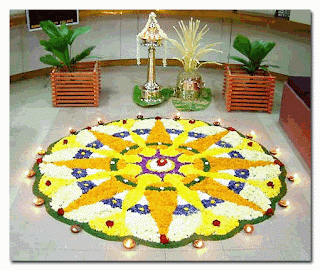About Republic Day
26th January 1950 is one of the most important days in Indian history as it was on this day the constitution of India came into force and India became a truly sovereign state. In this day India became a totally republican unit. The country finally realized the dream of Mahatma Gandhi and the numerous freedom fighters who, fought for and sacrificed their lives for the Independence of their country. So, the 26th of January was decreed a national holiday and has been recognized and celebrated as the Republic Day of India, ever since.
Although India obtained its independence on August 15, 1947, it did not yet have a permanent constitution; instead, its laws were based on the modified colonial Government of India Act 1935, and the country was a Dominion, with George VI as head of state and Earl Mountbatten as Governor General. On August 29, 1947, the Drafting Committee was appointed to draft a permanent constitution, with Bhimrao Ramji Ambedkar as chairman.
A draft Constitution was prepared by the committee and submitted to the Assembly on November 4, 1947. The Assembly met, in sessions open to public, for 166 days, spread over a period of 2 years, 11 months and 18 days before adopting the Constitution. After many deliberations and some modifications, the 308 members of the Assembly signed two hand-written copies of the document (one each in Hindi and English) on January 24, 1950. Two days later, the Constitution of India became the law of all the Indian lands. The Constitution of India came into effect only on January 26, 1950. Following elections on January 21, 1950, Rajendra Prasad was elected as the president of India. The Indian National Congress and other parties had been celebrating January 26th as a symbol of Independence, even before India actually became independent. Thus, signing the constitution on January 26, to mark and respect January 26 and the freedom struggle and the freedom fighters.
Today, the Republic Day is celebrated with much enthusiasm all over the country and especially in the capital, New Delhi where the celebrations start with the Presidential to the nation. The beginning of the occasion is always a solemn reminder of the sacrifice of the martyrs who died for the country in the freedom movement and the succeeding wars for the defense of sovereignty of their country. Then, the President comes forward to award the medals of bravery to the people from the armed forces for their exceptional courage in the field and also the civilians, who have distinguished themselves by their different acts of valour in different situations.
SPEECH BY HER EXCELLENCY THE PRESIDENT OF INDIA, SHRIMATI PRATIBHA DEVISINGH PATIL, TO THE NATION ON THE EVE OF 61ST REPUBLIC DAY OF INDIA
New Delhi, 25th January, 2010
Chief Guest
President Lee Myung bak : Republic of Korea
JAI HIND.




































